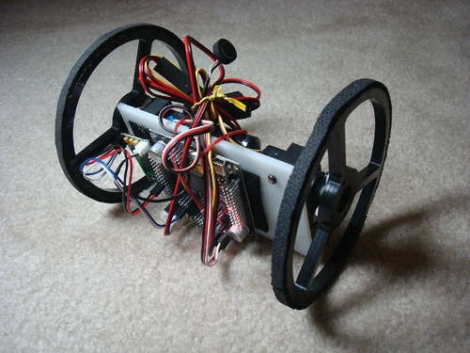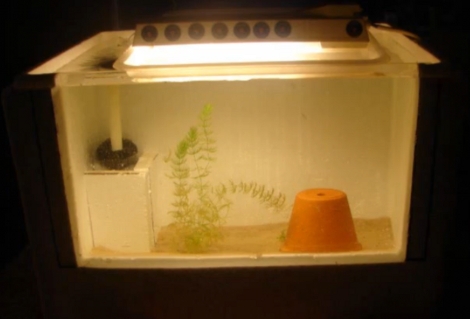
[Jeri Ellsworth] sent over a 555 design contest entry that struck her as particularly interesting. The Synthanola is a three-channel music synthesizer that accepts input from an old Heathkit paper tape reader. While this hack might seem overly retro, it’s actually an extremely appropriate use of technology, as the Heathkit H-10 and the 555 timer were both popular tech in the 70’s. This retro-focused synth uses fourteen 555 timers, twelve of which are dedicated to synthesizing audio. If this entry does not win the contest, it certainly must be a strong contender for most 555 timers used.
[Thrashbarg] gives a detailed explanation of the logic used to drive the music playback from the punch tape, as well as full circuit diagrams for his entry. So far he has encoded MP3s of Bach’s Invention and Fugue in D Minor to tape, with hopefully more to come. In order to truly appreciate his efforts, the Synthanola should be seen as well as heard. Stick around for a pair of videos of the synth in action.
If you’re interested in seeing more 555 contest entries, be sure to check out some of our previously featured projects.
















